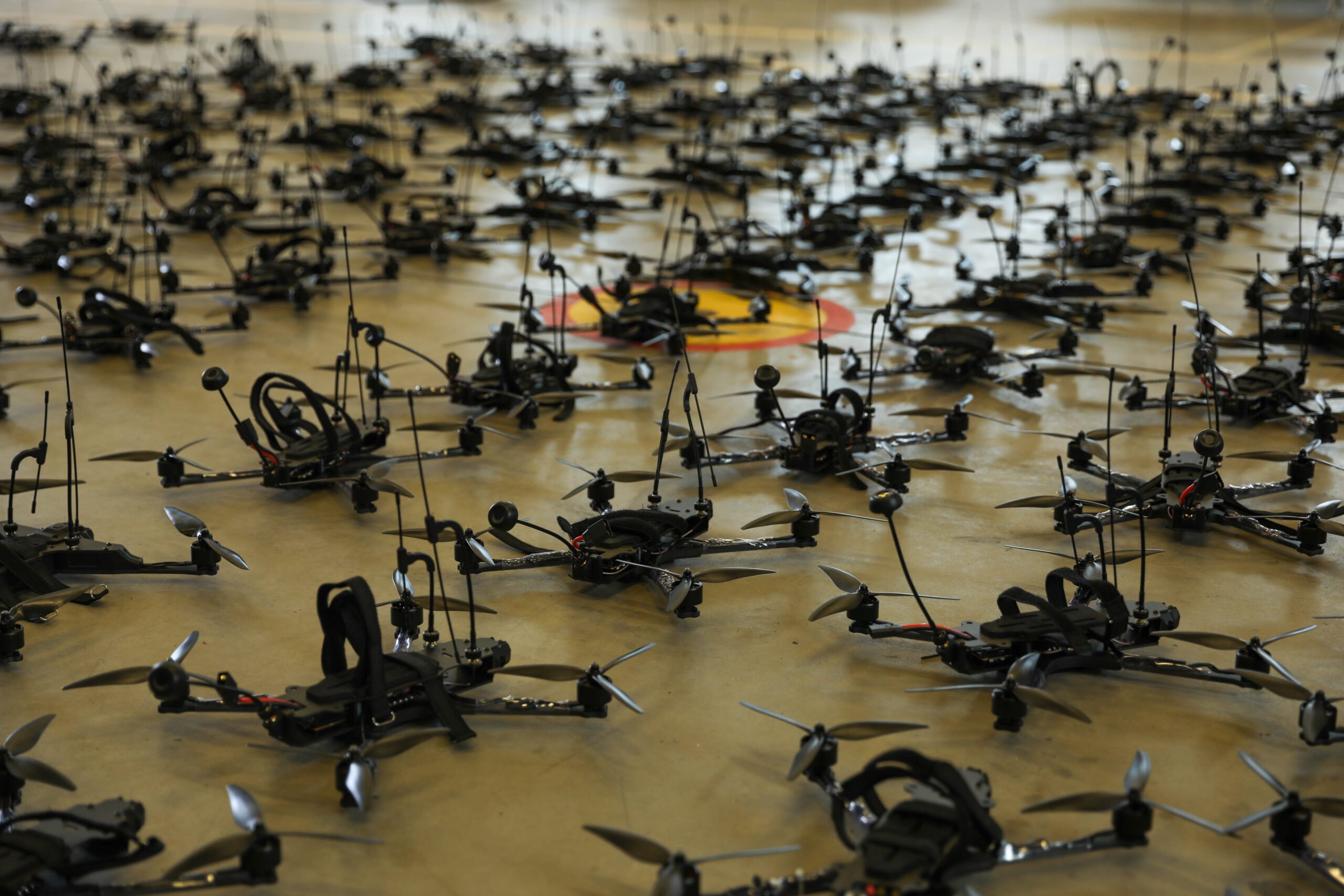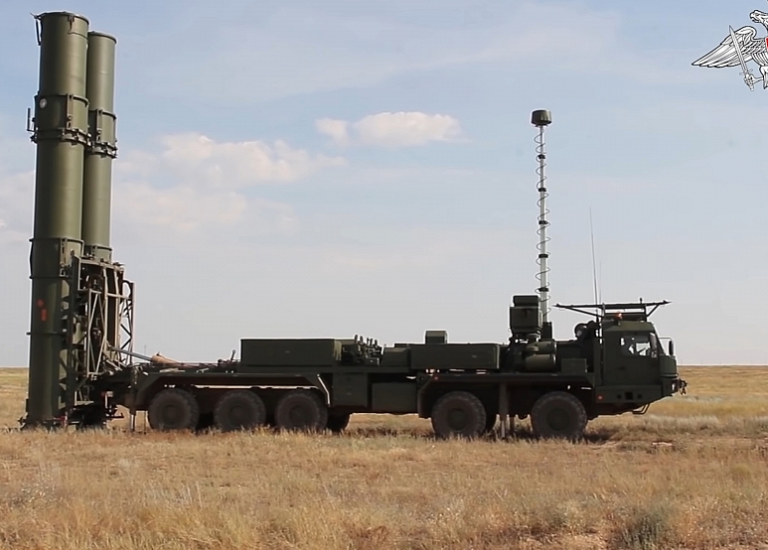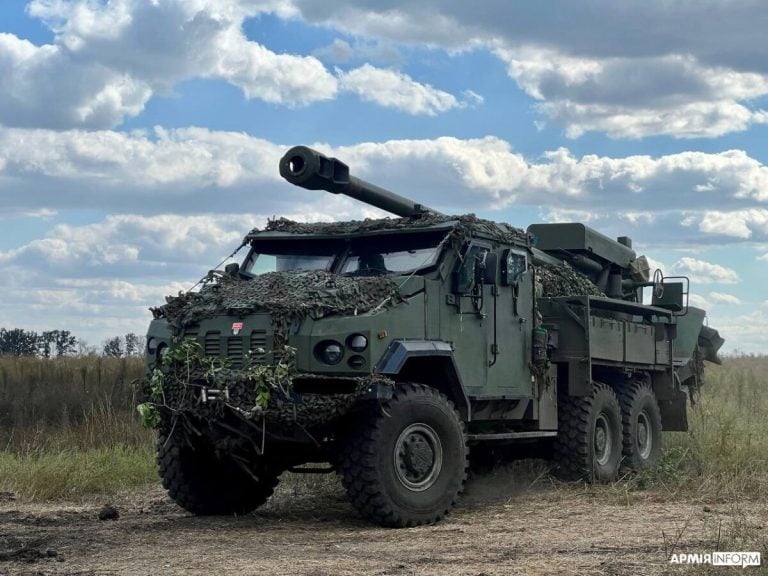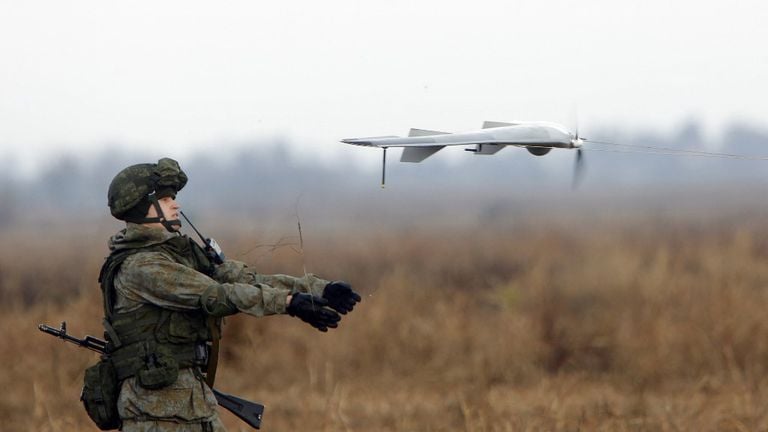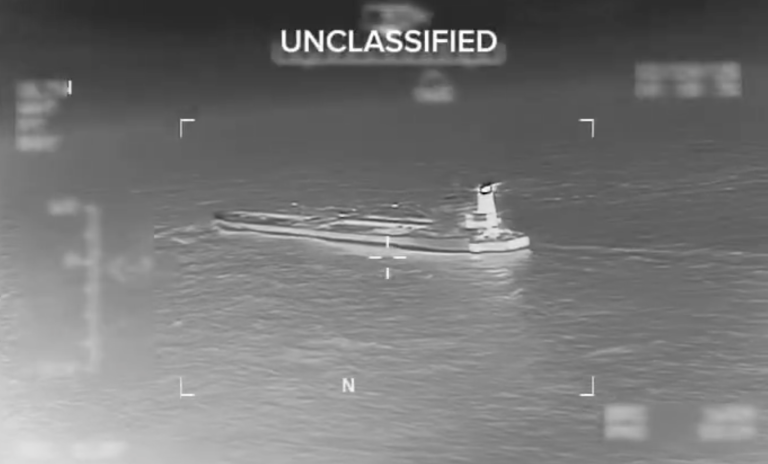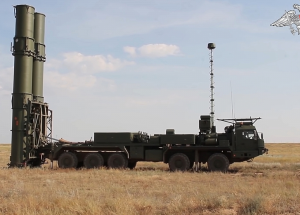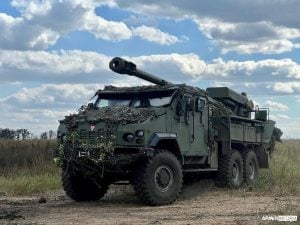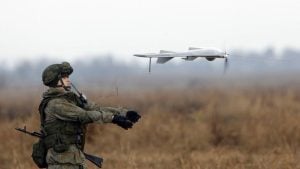Germany is set to enhance its military capabilities by deploying around 8,300 unmanned aerial systems by 2029, reflecting a more measured strategy in comparison to the rapid expansion of drone fleets among NATO allies amidst rising investments in drone warfare globally. The upcoming deployment includes approximately 5,700 reconnaissance drones, 560 interceptor systems, and 2,070 loitering munitions, as detailed in a paper from a German defense agency reviewed by Bloomberg.
This plan potentially encompasses multiple launchers and control systems, with considerations for long-range strike capabilities that could reach distances of up to 600 miles (966 kilometers). However, Germany’s cautious stance stands in contrast to the experiences of Ukraine and Russia, where drones have been credited with representing around 70 percent of casualties during the ongoing conflict in the region.
Officials in Berlin emphasize a preference for flexibility over large-scale purchases, arguing that rapid technological advancements could quickly render existing stockpiles obsolete. They argue that being able to scale production rapidly in times of crisis is more prudent than committing to extensive bulk orders.
However, concerns have been raised by local tactical drone manufacturers regarding the implications of this cautious approach for Germany’s indigenous systems capacity. Gundbert Scherf, co-CEO of Munich-based Helsing, articulated that while innovation in drones is driven by advancements in autonomy, real efficacy arises from mass production. He noted, “To unlock both, we need to mass-produce and stockpile hardware while continuously upgrading the software.”
Florian Seibel, co-founder of Berlin-headquartered Stark Defense and head of drone manufacturer Quantum Systems in Bavaria, echoed these concerns by emphasizing the necessity for reliable commitments before local manufacturers can invest in production facilities. He remarked, “We won’t use our own funds to build up capacities that will never be called upon.”
Germany’s drone initiative is part of a larger defense strategy that aims to significantly boost its military budget to 161.8 billion euros ($189.4 billion) over the next four years, primarily as a response to Russia’s invasion of Ukraine and growing uncertainties about the United States’ commitments to European security.
Most of the allocated budget is expected to be directed towards tanks, aircraft, and other traditional military assets, with drone procurement taking a back seat in terms of priority. In a related development, the German government recently announced the provision of two additional US-made Patriot air defense systems to Ukraine in light of escalating Russian drone and missile assaults. Additional launchers and components are anticipated to be delivered in the coming weeks.
